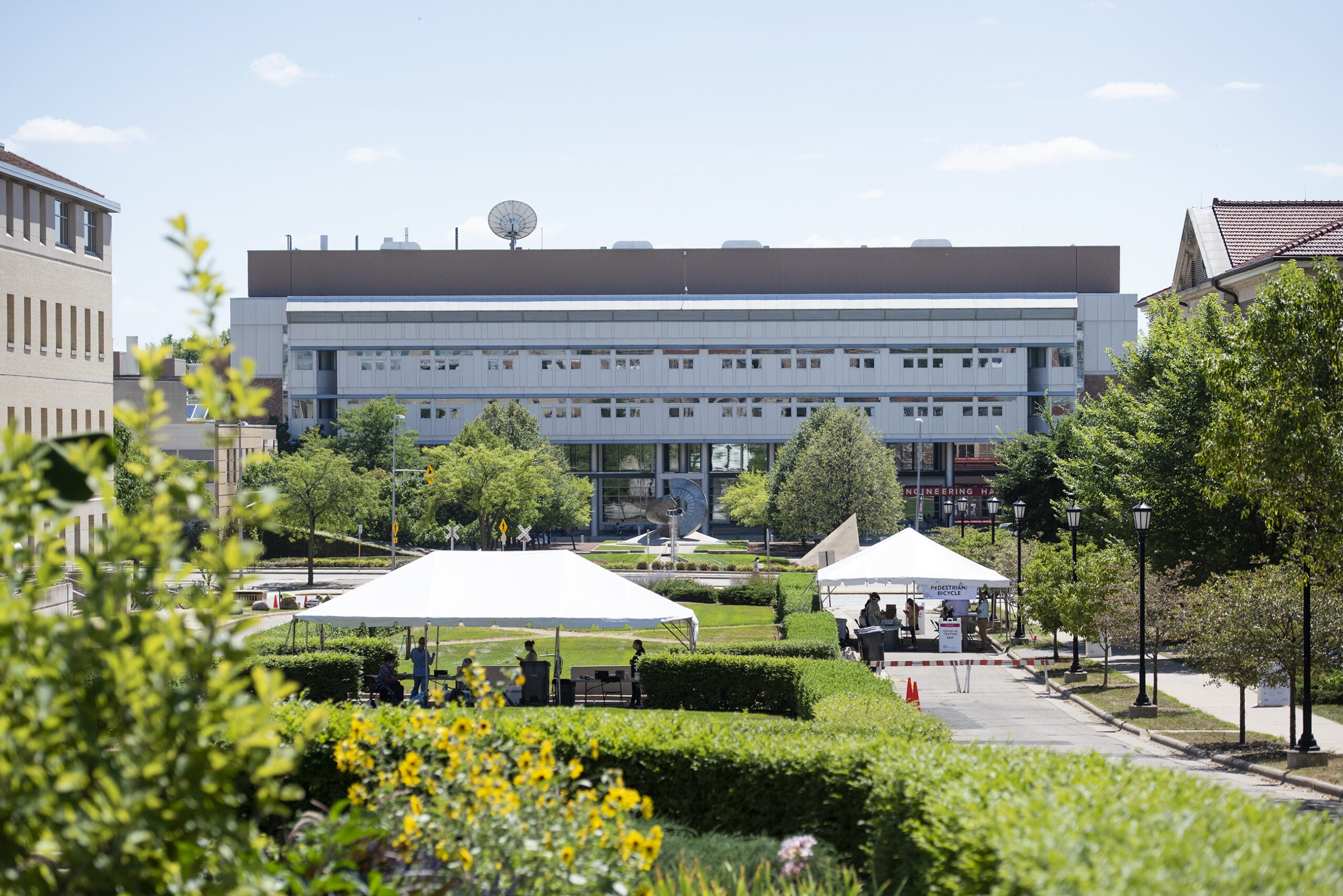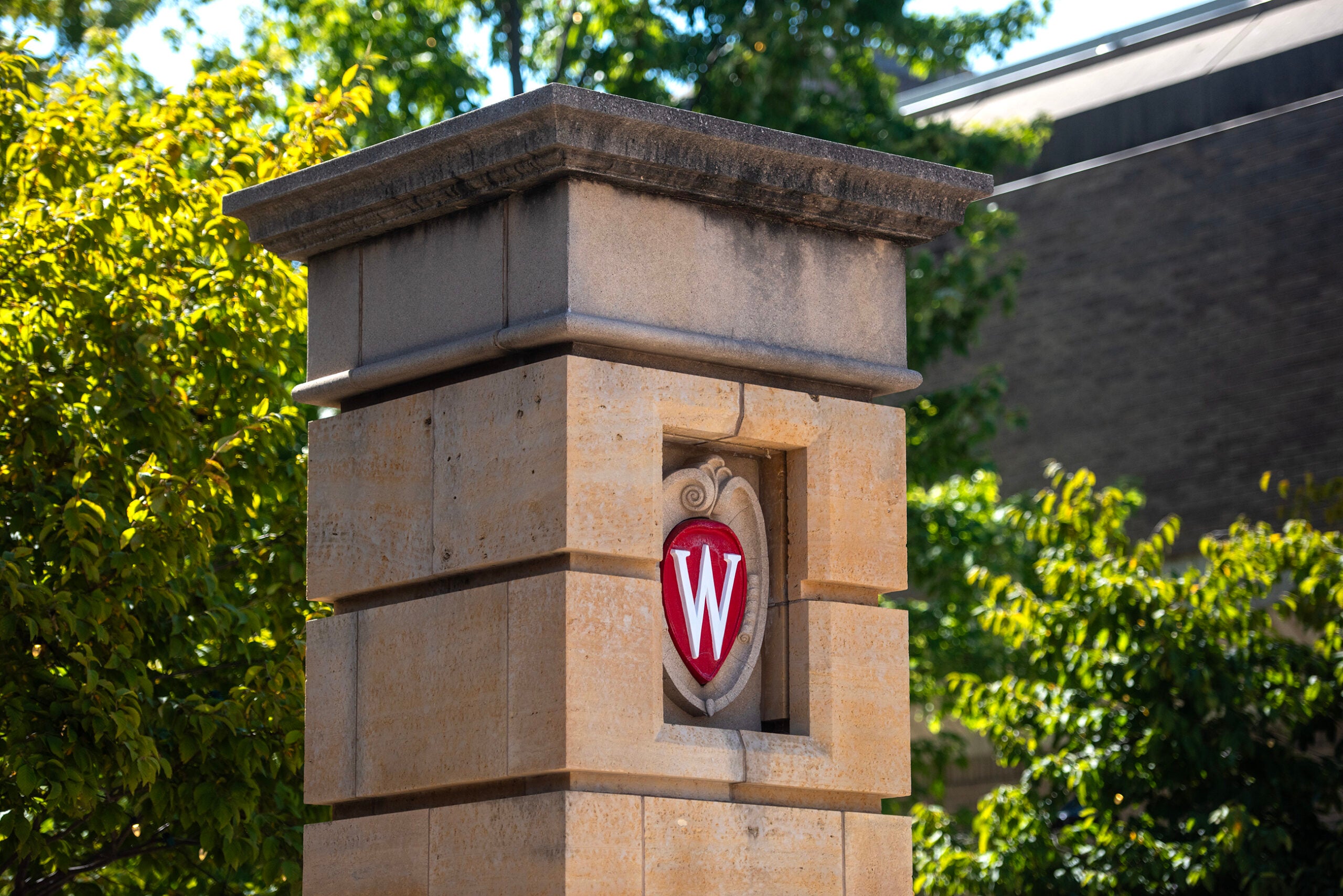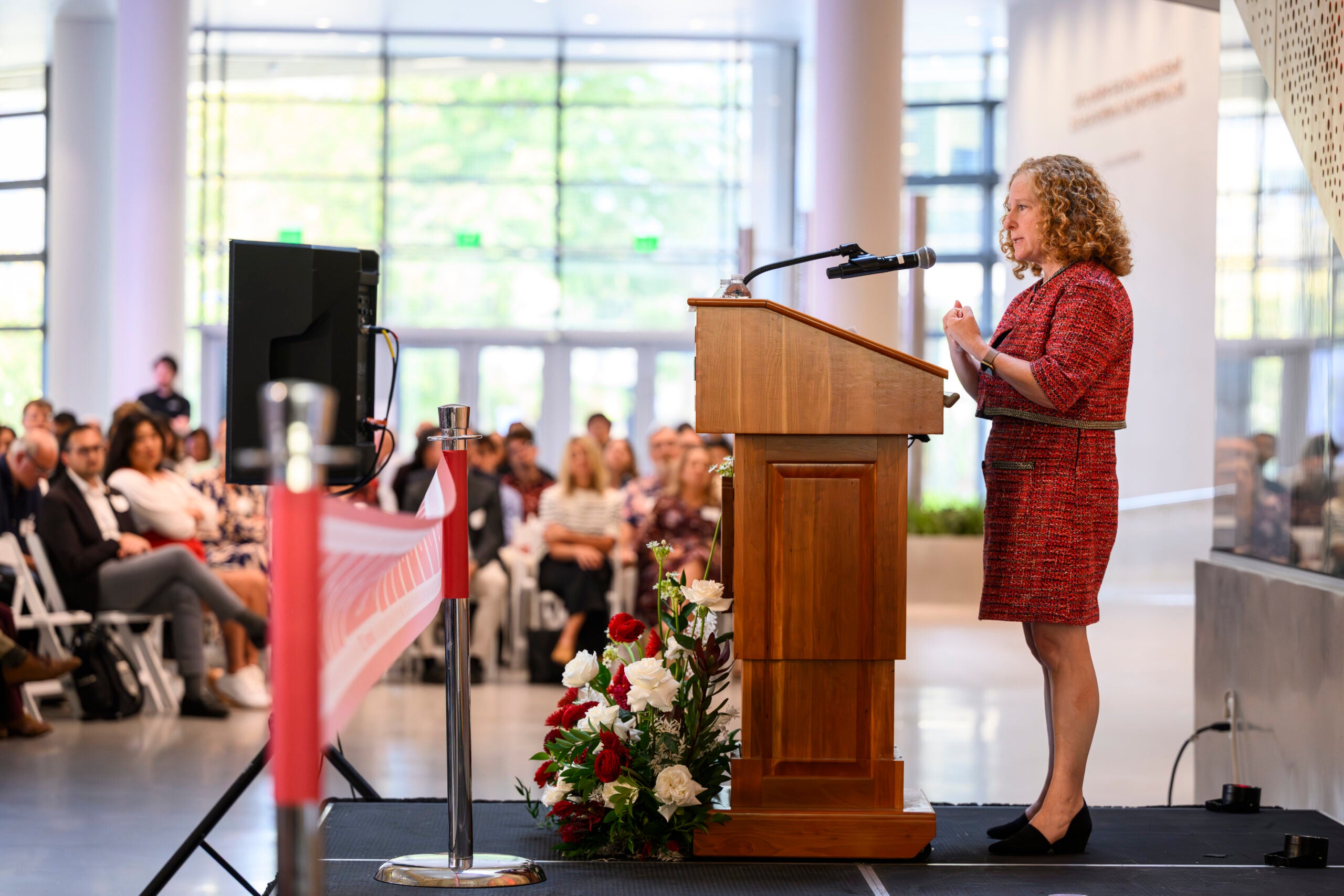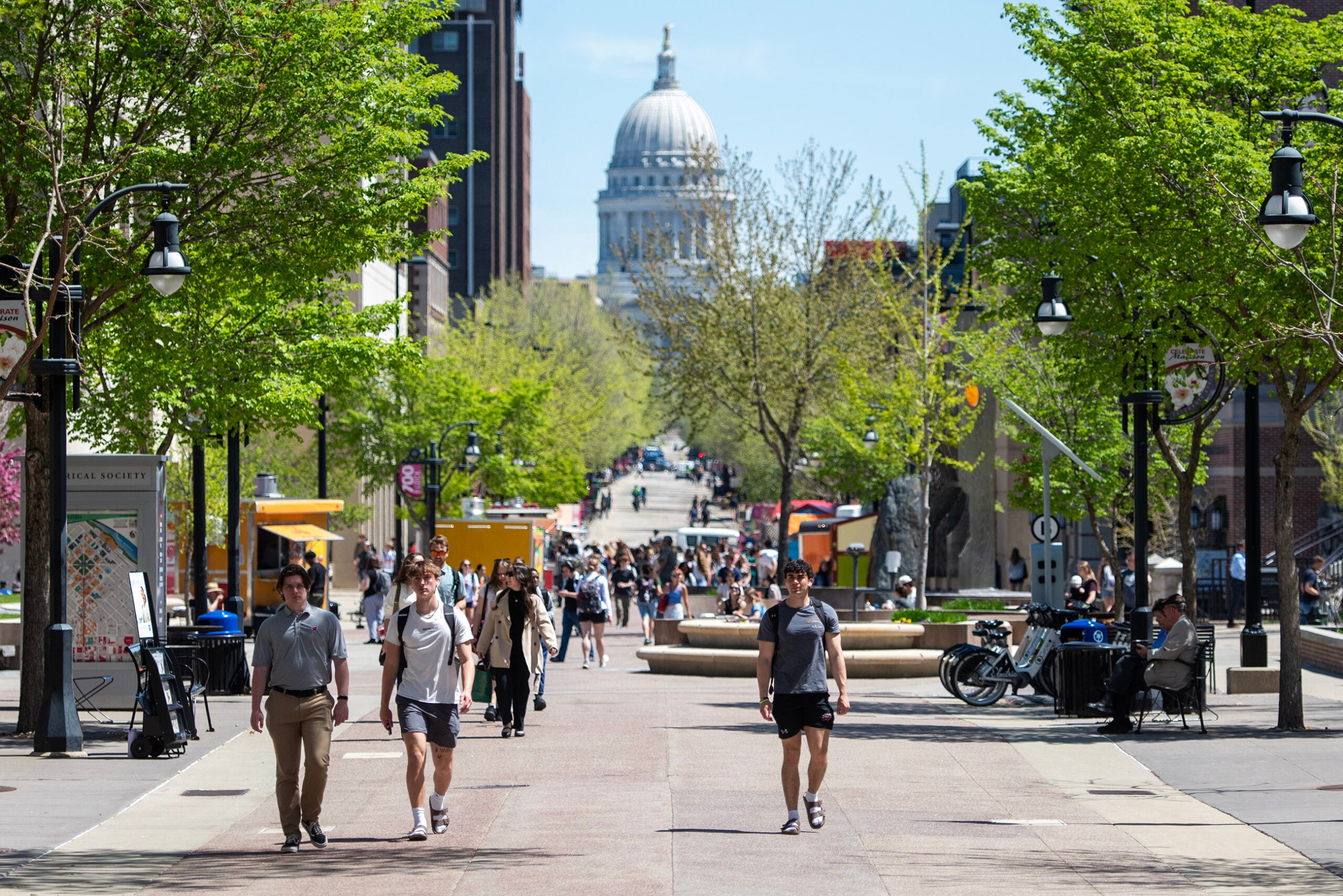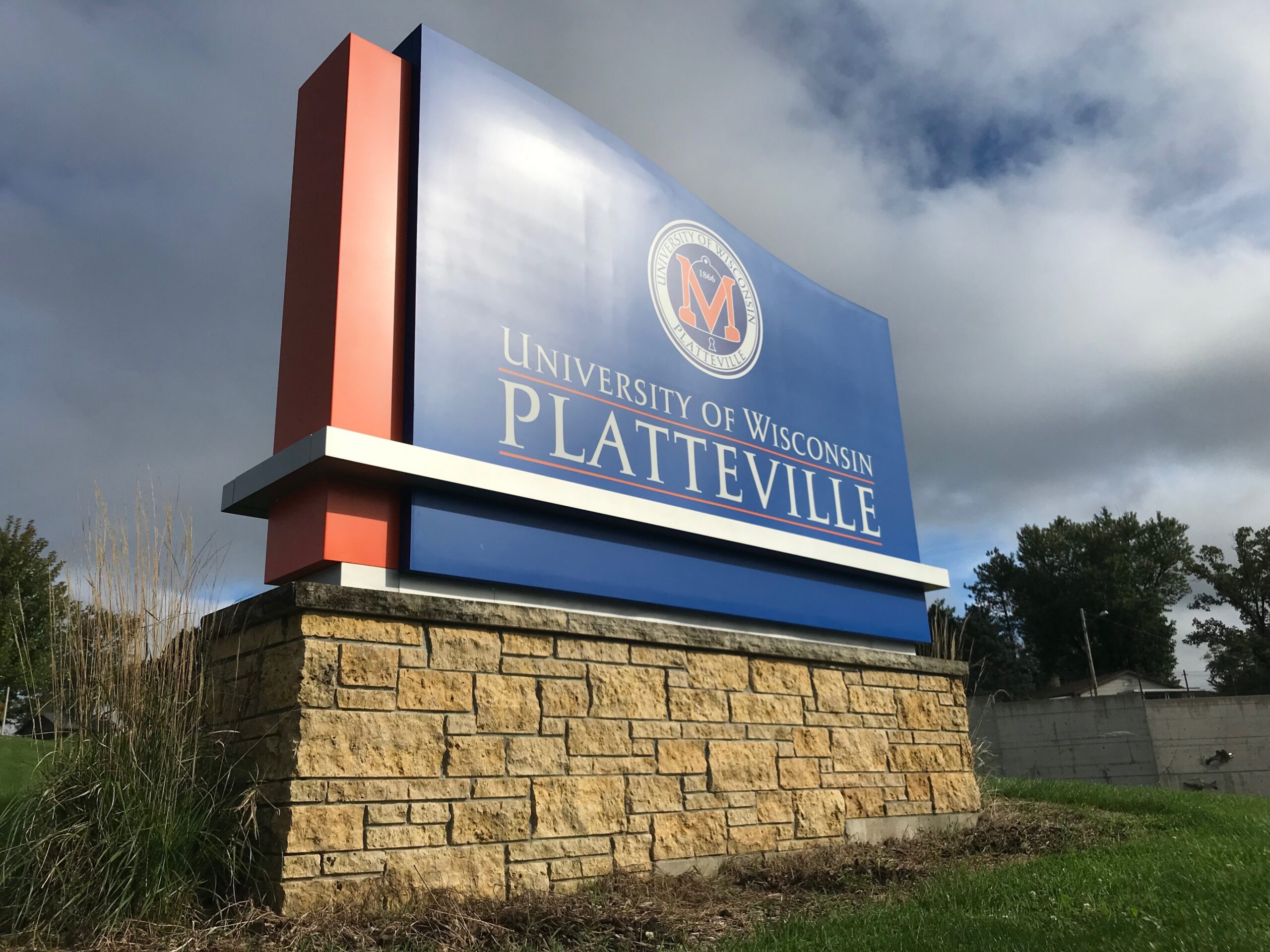At the same time as the University of Wisconsin-Madison prepares to welcome back students living in residence halls next week and students into classrooms Sept. 2, two Midwestern universities have reversed course and gone virtual because of COVID-19 outbreaks.
The University of Notre Dame is moving all undergraduate instruction online for two weeks, and Michigan State University is going fully remote for the semester. The University of North Carolina at Chapel Hill also moved classes online after a cluster of students tested positive in the first week.
UW-Madison hopes to avoid that.
News with a little more humanity
WPR’s “Wisconsin Today” newsletter keeps you connected to the state you love without feeling overwhelmed. No paywall. No agenda. No corporate filter.
The plan to start and keep the university open is a hybrid model of online and in-person instruction, which relies heavily on testing and tracking down those who are ill. The goal is to test between 6,000 and 8,000 students and staff each week in hopes of locating any COVID-19 infection clusters.
UW-Madison officials tried to reassure the campus community during an online presentation Wednesday in which they discussed other safety measures such as face masks, fewer people in classrooms, improved ventilation, heavy-duty cleaning and an online dashboard that will keep the public informed about COVID-19 cases.
“If infections appear to be growing, rather than stable, we will shut down activities on some or all parts of campus depending on what we’re seeing and where it’s located, and we will return to either virtual work or virtual learning,” said UW-Madison Chancellor Rebecca Blank. Any changes would be done in partnership with the UW System.
Last spring, UW-Madison students were sent home as the coronavirus threat emerged, but campus officials say they now know more about the virus and that COVID-19 cases locally are declining. The 7-day average for percentage of positive cases in Dane County has recently been under 2 percent. The state of Wisconsin has a 7.6 percent positive rate.
Yet Stephanie Smiley, director of communicable diseases at the Wisconsin Department of Health Services, said Wednesday that outbreaks are likely on campuses.
“Because we have high community transmission in this state, we can expect there will be school outbreaks,” she said.
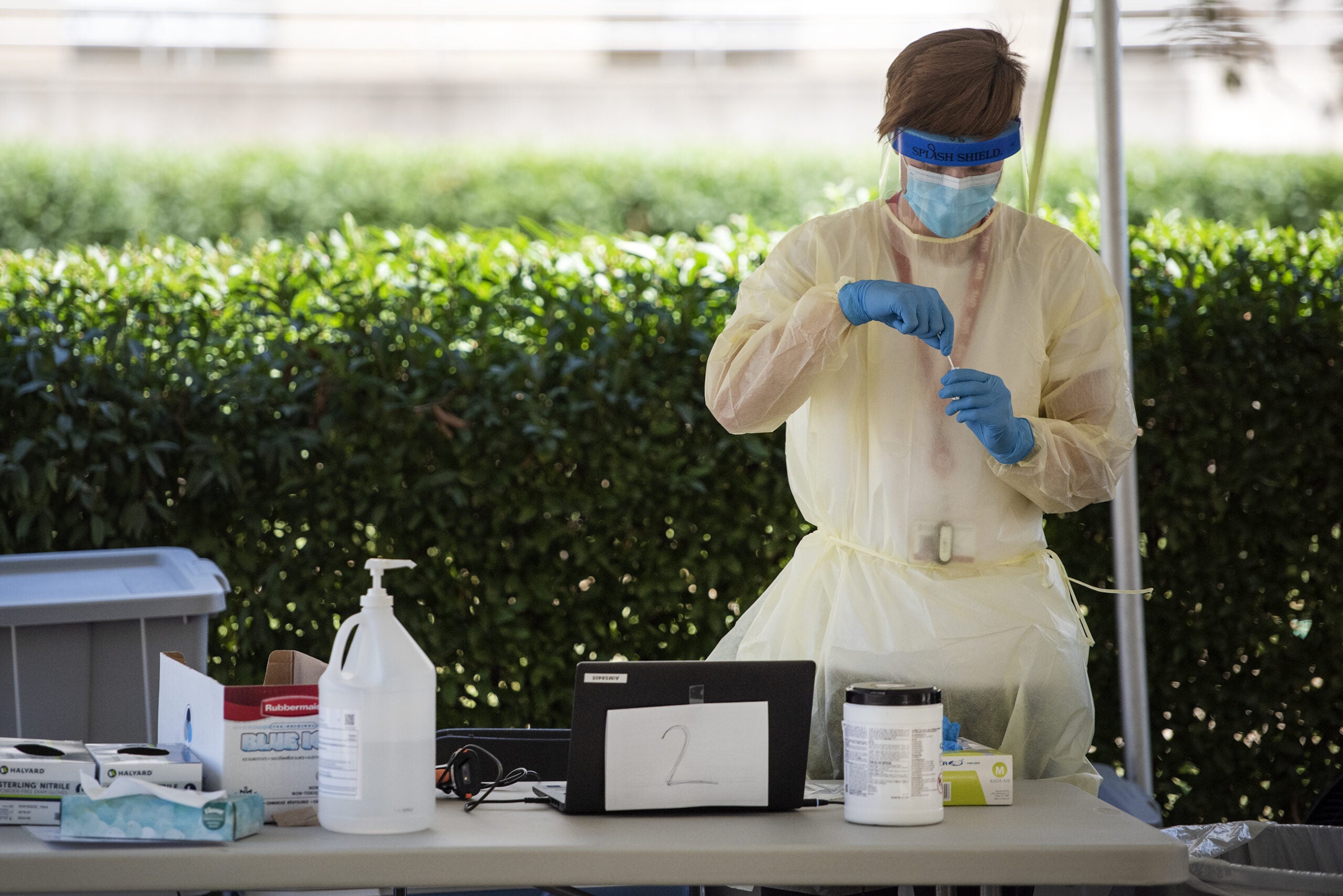
UW-Madison opened up its first testing site on Henry Mall on Aug. 6. A second of three planned sites will open next week. Students in residence halls arrive starting next Tuesday, and will be tested within 24 hours.
Those studying whether colleges across the country can safely bring students back to campus advise frequent testing and strict rules for social distancing.
“We’re the grownups in the room and in addition to telling students what lines they must not cross, the onus is on us, the grownups, to provide them with compassionate, low-risk alternatives that will induce them to stay safe, stay on campus and avoid the crowded, unventilated, unmasked keg party happening in the basement of some frat house,” A. David Paltiel, a professor of public health at Yale University, told WPR.
He co-wrote a modeling study published in JAMA that looked at different scenarios needed to contain the virus and concluded that cheap, quick and less sensitive tests given every two days could keep transmission rates low.
“I know we’re setting a standard that many schools may not be able to obtain, but we find unless you’re able to perform testing every two or three days you are placing your campus at risk of an outbreak,” Paltiel said.
UW-Madison plans on testing students in residence halls every two weeks using a more reliable test which detects genetic material contained within the living coronavirus strain. Those RT-PCR tests will also be used for random sampling of volunteer students off campus.
Across the UW System 350,00 COVID-19 tests have been ordered for fall. Most of those are the less accurate and less expensive antigen tests which allow for more frequent testing.
Wisconsin Public Radio, © Copyright 2026, Board of Regents of the University of Wisconsin System and Wisconsin Educational Communications Board.

